Dancing about architecture
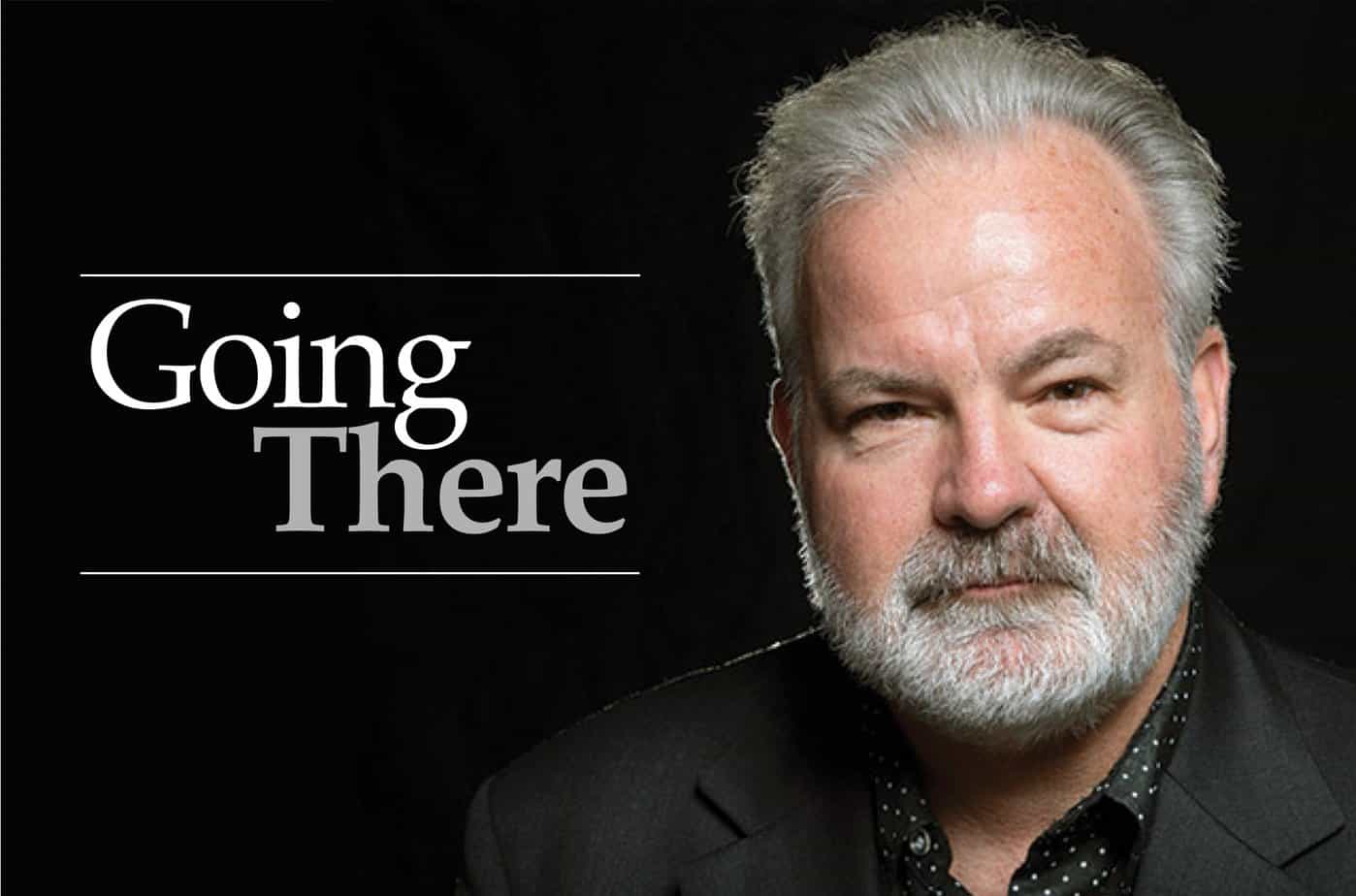
by Mick Rhodes | editor@claremont-courier.com
“Designing Our Community: HMC Architects in the Pomona Valley,” up through July 13 at Chaffey Community Museum of Art in Ontario, features the striking architectural photography of the great Julius Shulman and Leland Y. Lee documenting the population explosion of the Pomona Valley from about 1945 into 1960s, and all that came with it.
The show may sound as if it’s only for architecture nerds. But that’s clearly not the case.
“It’s for people who use buildings. It’s everybody!” said Wendy Slatkin, Cal Poly Pomona Emeritus Faculty and curator of CCMA. “And it’s people who have used these public buildings and continue to use [them] to build an awareness of design, awareness of architecture, and a sense of our communal history.”
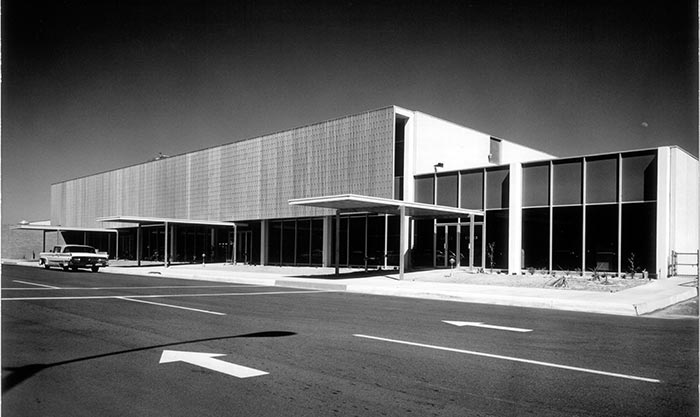
Ontario International Airport, passenger terminal, 1960. Photo/by Julius Shulman
Shulman’s and Lee’s stunning photos provide a shimmering window to a time when the Pomona Valley was booming. We see boys with sharp crew-cuts and girls in dresses in their sparkling new HMC designed and built midcentury modern elementary schools. The firm’s banks, hospitals and commercial buildings, their conspicuous use of glazing, high-volume atriums, and screens and walls with interesting architectural features will all look familiar to those who grew up nearby. It’s a nostalgic trip through the Pomona Valley in its optimistic adolescence.
“That’s what we were interested in: the building of the community as the population exploded … the transition from citrus and vineyards to what was going on outside of here,” said Slatkin.
Founders J. Dewey Harnish, Jack Causey, Mel Morgan, and Rudy Voss opened HMC Architects in 1940 at E Street and Euclid Avenue in Ontario. Since then, the firm has designed hundreds of buildings in the Pomona Valley, many of which we see every day, including 45 public schools in Upland, Montclair, and Ontario, the original passenger terminal at Ontario Municipal (now International) Airport, Ontario Public Library, and the original structure of San Antonio Community Hospital, among many others. The firm now has seven offices, five in California and two in the Pacific Northwest, employing more than 300 people.
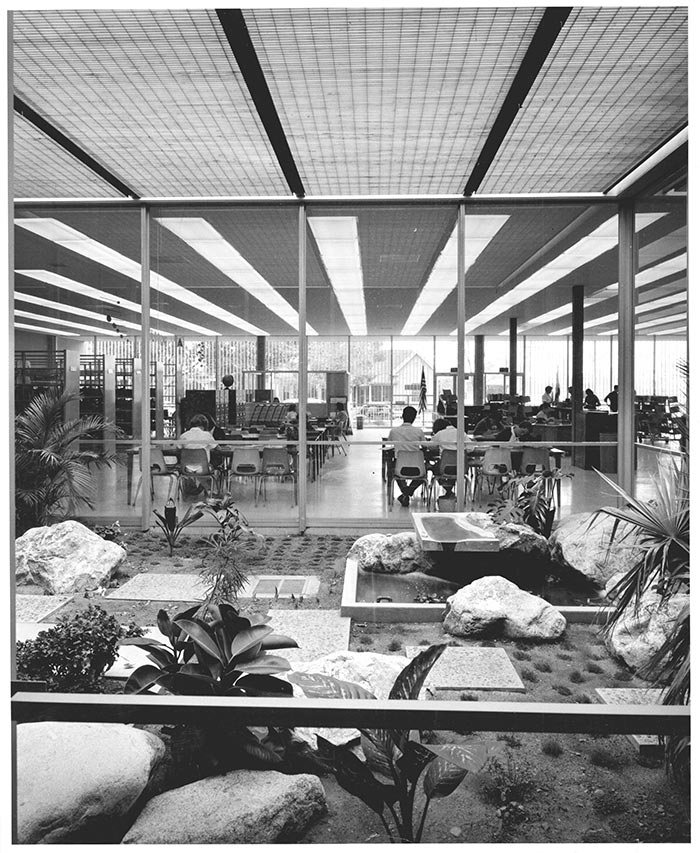
Ontario City Library, 1960. Photo/by Julius Shulman
Slatkin, along with serving as CCMA’s curator, is Professor Emeritus from Cal Poly Pomona, where she taught in the College of Environmental Design, the author of the forthcoming book, “Art and Community in California’s Pomona Valley,” and a nationally recognized art historian and expert in gender studies.
One of the many fascinating components of the show is an 1887 aerial photo of what would soon become Ontario. Though it shows primarily farmland, the then newly installed Charles Frankish fountain — a symbol of the area’s allegedly plentiful water supply designed to lure potential farmers and residents to the area (now located at the Ontario Museum of History & Art) stands tall on Euclid Avenue. Another aerial from 1949 — taken on a rare crystal clear day during the nascent era of smog in the LA basin — shows scads of new construction, including some by HMC, and what remains of the large citrus farms that dominated the region prior to World War II.
The new exhibit was a great introduction to CCMA, a museum I’d somehow never visited. I came away a fan of the show, and the museum, which is housed in the historic 1919 Ontario Power Company structure at 217 S. Lemon Ave., complete with an ancient walk-in safe that now houses some of its permanent collection.
Anyone curious about the origins of our local built environment — architecture nerds too — will enjoy “Designing Our Community: HMC Architects in the Pomona Valley.” I’m curious to hear from readers who attended some of the schools that are part of the exhibit, or remember the businesses pictured, most of which are long gone.
It’s a fun show, and a fun little museum.
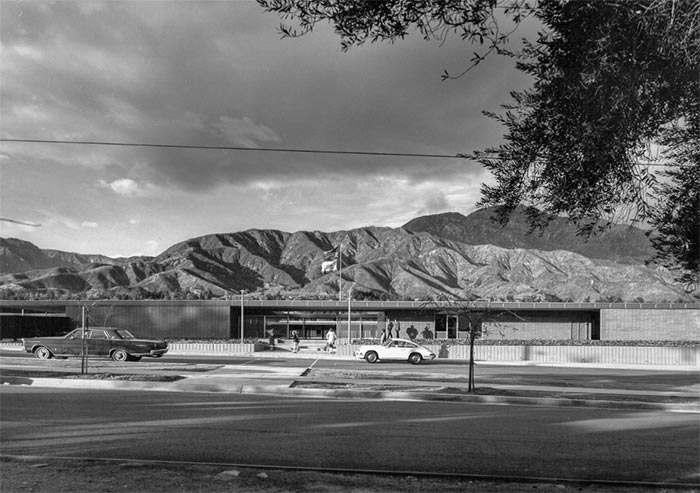
Valencia Elementary School, Upland, 1966. Photo/by Leland Y. Lee.
“We just want people to know we’re here; we’re a museum … I think this is clearly a museum quality exhibit, and that’s what we want people to know, that there’s something really interesting in here to look at,” Slatkin said. “We’re free. We have parking.”
More info is at chaffeymuseum.org.
Wait, there’s more!
Speaking of great ongoing exhibits at local museums, Claremont Lewis Museum of Art’s “Sound Formations: Artist, Musician, Instrument Maker,” up through July 13, is another not to be missed.
Guest curated by Michael Kotzen and Martin Maudal, “Sound Formations” is a rare look into instruments and their makers. “The instrument is a bridge between the hand of the maker and the hand of the musician, where the harmony of material, body and acoustics forms stunning visual designs,” according to CLMA’s description of the exhibit.
Claremont’s music history is well documented, and most folks are familiar with the giants — the Folk Music Center, the Chase family, Ben Harper, and the late Chris Darrow and David Lindley among them. But relatively little has been written about another side of the city’s musical history: its luthiers, tinkerers, innovators, and builders of musical instruments.
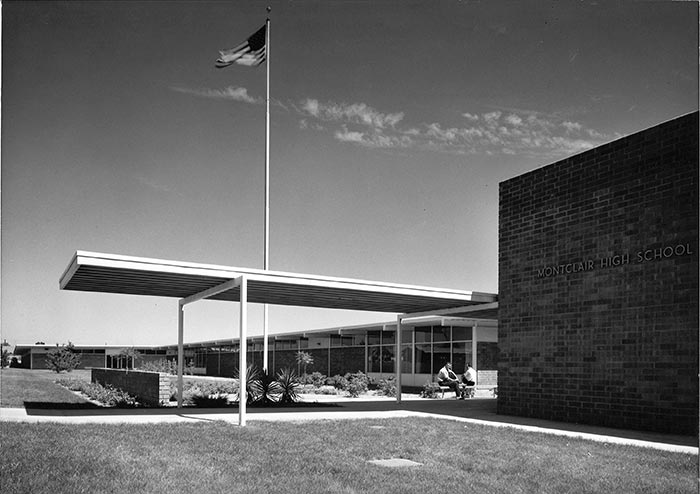
Montclair High School, 1958. Photo/by Julius Shulman
“Sound Formations” includes instruments from Henry Barnes, Richard Barnes, Charles Chase, Otto D’Ambrosio, David Dart, Kirk Delman, Kris Erickson, Pete Escovedo, Steve Goode, Michael Kotzen, Martin Maudal, Father Bill Moore, Brian Ransom, Elizabeth Redd, Jom Rivers, Victoria Rosas, Warren Shingleton, Dave Tourje, and Larry White.
The show opened last month. On May 3 CLMA held a concert featuring some of the artists from the show, but unfortunately it was partially rained out. So, on July 5, the museum is hosting a makeup date of sorts, a 4:30 p.m. show with the Baldy Crawlers, featuring “Sound Formations” co-curator and proprietor of Maudal Musical Machines, Martin Maudal. More info on the band is at martinmaudal.bandcamp.com/music.
CLMA is located in the historic Claremont Depot, 200 W. First St. More info on the exhibit is at clmoa.org/exhibit/sound-formations.
See you in the funny pages
Today the Courier welcomes cartoonist Ben Tripp to its pages.
Here’s an introduction in his own words:
“Ben Tripp is a writer, designer, and artist. His career extends from theme parks and placemaking to novels, essays, illustration, and fine art. A New Hampshire native, he lived most of his adult life in Los Angeles before moving to rural France. These days he is focused on editorial cartooning to document the second Trump administration. He is married to Oscar-winning producer and screenwriter Corinne Marrinan Tripp. He speaks almost no French.”
Like all great political cartoonists, Ben has a strong point of view. When free speech is in the crosshairs, I can think of no better counterpunch than a pointed, beautifully rendered visual rebuttal. I hope you agree. And, if you don’t, please let us know. Better yet, draw your own cartoon.


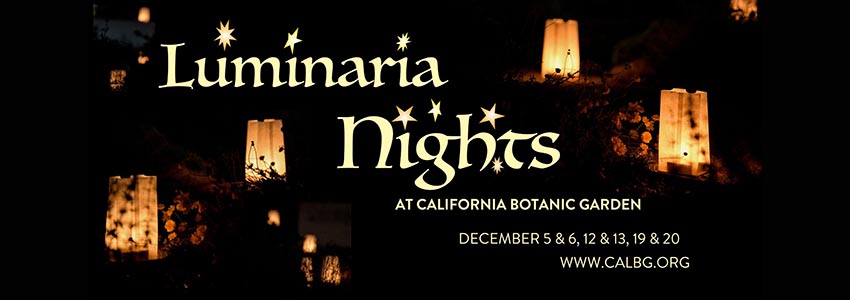
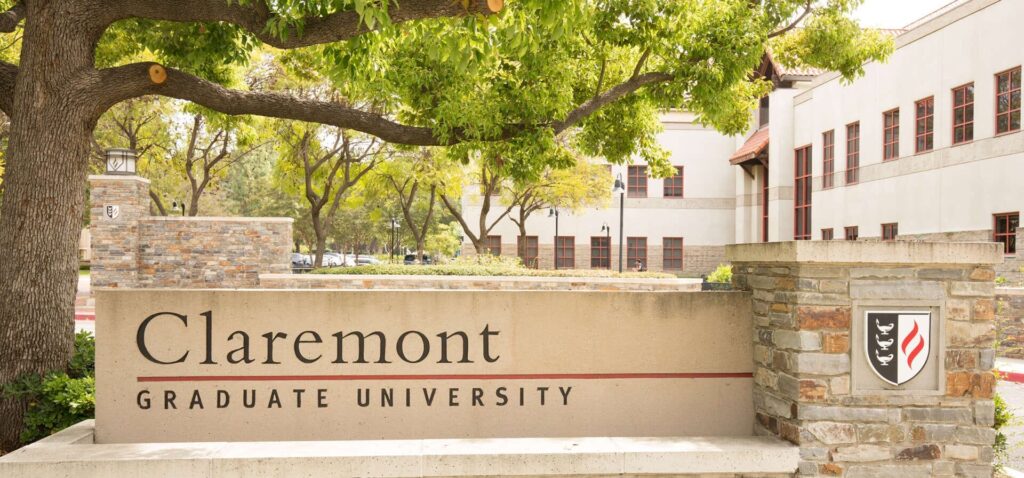
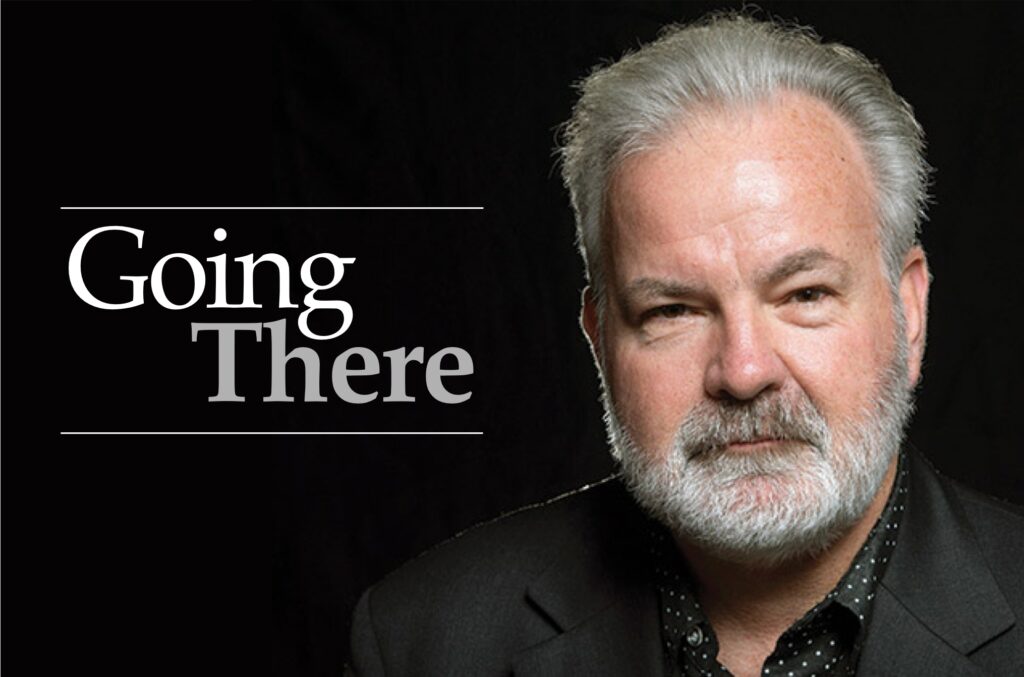


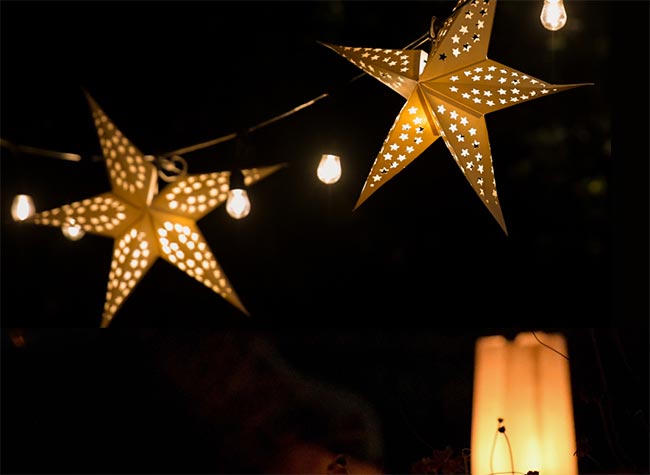
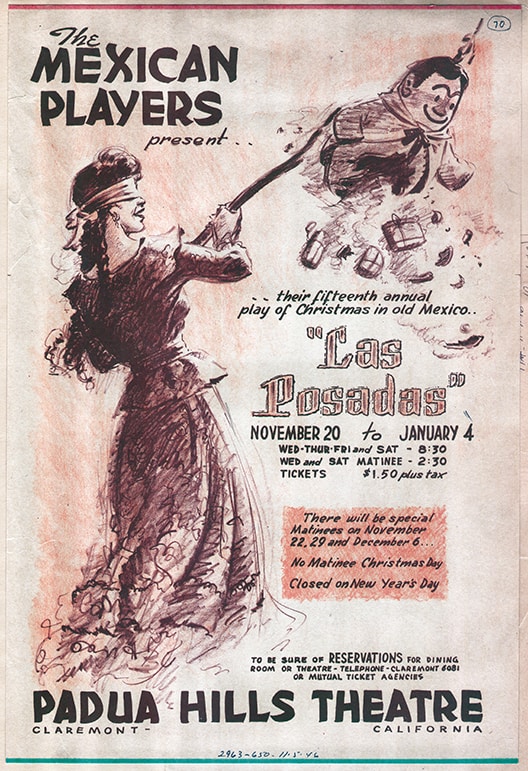

0 Comments